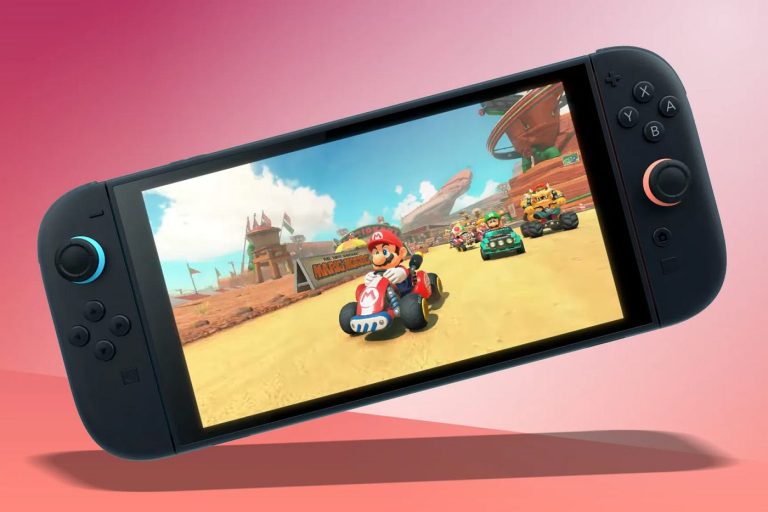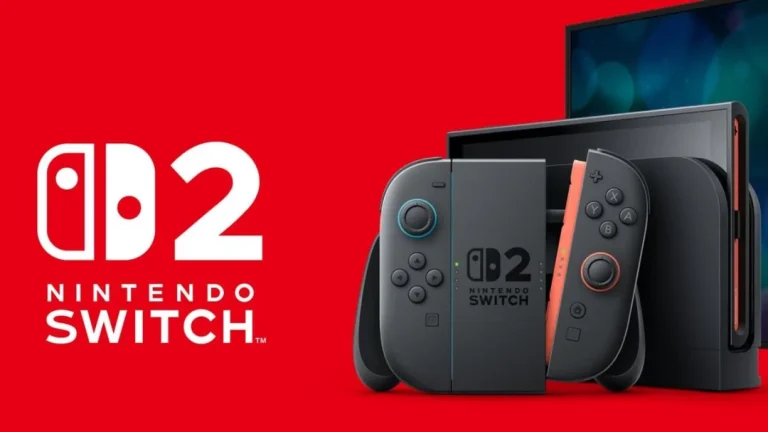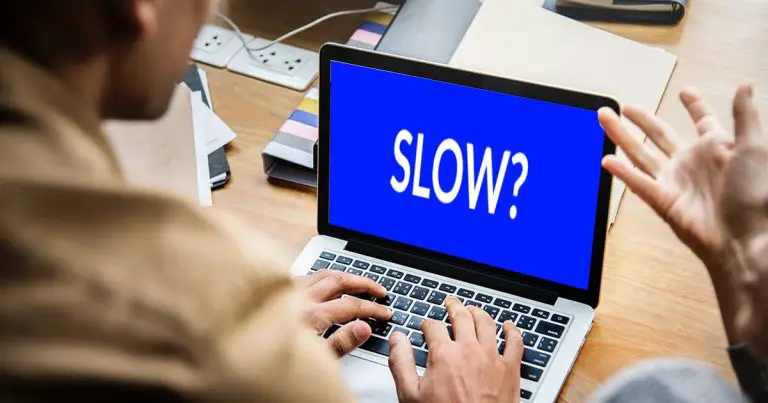Google has officially rolled out Android 16 Beta 4, the latest developer and tester release of its upcoming mobile OS. Initially available on Pixel devices, this beta brings a solution of important bug fixes and enhancements most notably, improvements in system stability and performance.
This is the second platform stability release, meaning the core developer APIs and app-facing features are now finalized. That’s great news for app developers, as they can now confidently start adapting and testing their apps without worrying about major platform changes before the official release which is expected sometime in Q2 2025.
Key Fixes and Improvements
Android 16 Beta 4 addresses several bugs that were flagged by early users and developers. One noticeable fix involves the Pixel Weather app, where a glitch had been causing the radar map to vanish. That issue is now resolved.
Another improvement tackles haptic feedback. Previously, some users complained about vibrations feeling weak or “plastic-like” especially during interactions like typing or receiving notifications. This update enhances the haptic response, making it more consistent and satisfying.
The battery drain issue is also patched. Previously, users were seeing unusually high overnight battery consumption, sometimes losing 11% in 7 hours, compared to the usual 5-7%. With this beta, those overnight battery drops should now be back to normal levels.
Also fixed are some pesky bugs that caused phones to randomly restart when answering calls or using accessibility features like magnification. Other behind-the-scenes stability updates include fixes for launcher crashes and system-level hiccups that occasionally led to performance slowdowns.
Related links you may find interesting
More Devices Get the Update
Perhaps one of the most exciting updates with Beta 4 is the expanded OEM support. While early betas were Pixel-only, Google is now allowing more manufacturers to test Android 16 on their devices. That means brands like OnePlus, Xiaomi, Oppo, Realme, Vivo, iQOO, Lenovo and Honor can start tailoring Android 16 to their smartphones, tablets and foldables.
This wider availability helps developers and users test the beta across a broader range of hardware which is critical for discovering device-specific bugs and refining user experiences.
What’s Next?
Looking ahead, Google plans a major SDK release in Q2 2025, which will include new APIs, system behavior changes, and developer tools. A minor update is also scheduled for Q4 2025, which may introduce additional APIs and tweaks.
If you’re a developer or tech enthusiast with a compatible device, this is a great time to explore Android 16 especially with features stabilizing and more brands joining the testing phase.
Conclusion
While Google hasn’t made all features public yet, previous beta builds hinted at new privacy dashboards, smarter app hibernation and improved multi-device experiences, including better continuity for foldables and tablets. Developers are also keeping an eye on AI-powered suggestions, deeper battery usage analytics, and potential UI customizations similar to Material You but more refined.
As always, since this is a beta release, expect some bugs and glitches. If you’re not a developer, it might be worth waiting for the final version but for those eager to dive in, the future of Android is already looking exciting.





